Deep Unsupervised Domain Adaptation for the Cherenkov Telescope Array
Deep learning thesis applied to astrophysics (GammaLearn)
| Authors | Under the supervision of |
| Michaël Dell'aiera (LAPP, LISTIC) Cyann Plard (LAPP) |
Thomas Vuillaume (LAPP) Sami Caroff (LAPP) Alexandre Benoit (LISTIC) |

Presentation outline
- Contextualisation, Deep learning & GammaLearn
- Domain adaptation applied to simulations (previous results)
- Domain adaptation applied to the Crab Nebula, no moonlight (previous, premilinary results)
- Domain adaptation applied to the Crab Nebula, moonlight (premilinary results)
- Conclusion, perspectives
Presentation outline
- Contextualisation, Deep learning & GammaLearn
- Domain adaptation applied to simulations (previous results)
- Domain adaptation applied to the Crab Nebula, no moonlight (previous, premilinary results)
- Domain adaptation applied to the Crab Nebula, moonlight (premilinary results)
- Conclusion, perspectives
Contextualisation, Deep learning & GammaLearn
**[GammaLearn](https://purl.org/gammalearn):** * Expore and evaluate the added value of deep learning for CTA * Build a parallel method for Hillas+RF * Mikael Jacquemont's thesis: design of the **[γ-PhysNet](https://theses.hal.science/tel-03590369/)** neural network
**Main results of Mikael Jacquemont's thesis ([published](https://arxiv.org/abs/2108.04130)):** * Outperforms Hillas+RF on MC and on real data in controlled environment * But performances on real data could be improved

The challenging transition from MC to real data
* Simulations: approximations of the reality * Variation of NSB, stars, dysfunctioning pixels, fog on camera, ... * Non-trivial direct application to real data
* [Domain adaptation](https://arxiv.org/abs/2009.00155): Set of algorithms and techniques aiming at reducing domain discrepancies * Selection, implementation and validation of [DANN](https://arxiv.org/abs/1505.07818), [DeepJDOT](https://arxiv.org/abs/1803.10081), [DeepCORAL](https://arxiv.org/abs/1607.01719), [DAN](https://arxiv.org/abs/1502.02791)
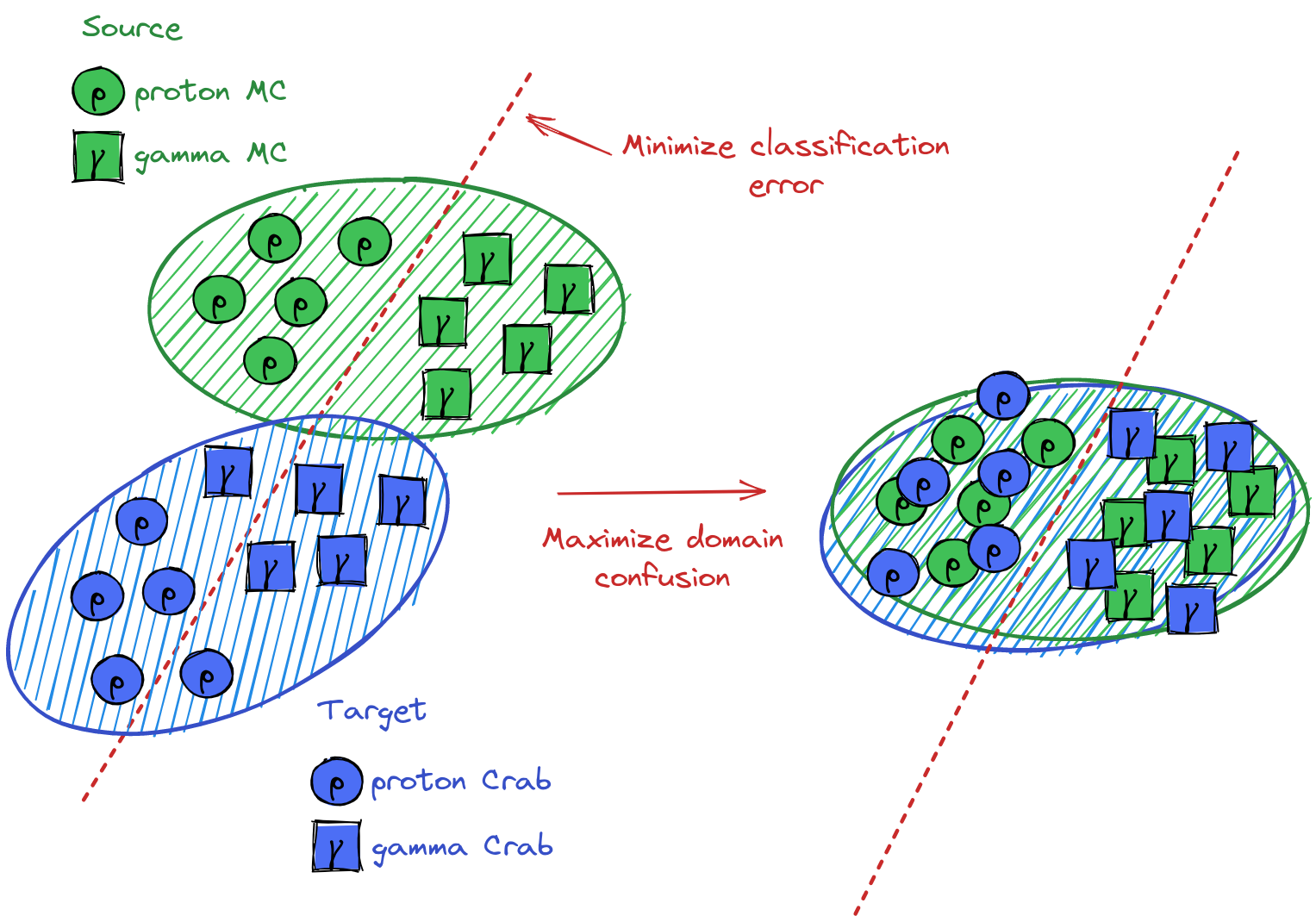
Validation pipeline of our approach
→ Validation with figures of merit (Published) * MC dataset : prod5 trans80, alt=20deg, az=180deg
→ Detection of known gamma-ray sources
| Crab | ||
|---|---|---|
No moonlight |
Moonlight |
|
6894, 6895 |
6892, 6893 |
|
Presentation outline
- Contextualisation, Deep learning & GammaLearn
- Domain adaptation applied to simulations (previous results)
- Domain adaptation applied to the Crab Nebula, no moonlight (previous, premilinary results)
- Domain adaptation applied to the Crab Nebula, moonlight (premilinary results)
- Conclusion, perspectives
Domain adaptation applied to simulations: Setup
gamma efficiency=0.7
| prod5 trans80, alt=20deg, az=180deg | ||
|---|---|---|
Train |
Test |
|
| Source Labelled |
Target Unlabelled |
Unlabelled |
MC
 ratio=50%/50% |
MC+Poisson(0.46) (MC*)
 ratio=50%/50% |
MC+Poisson(0.46) (MC*)

|
γ-PhysNet + DANN
γ-PhysNet + DANN
γ-PhysNet + DANN
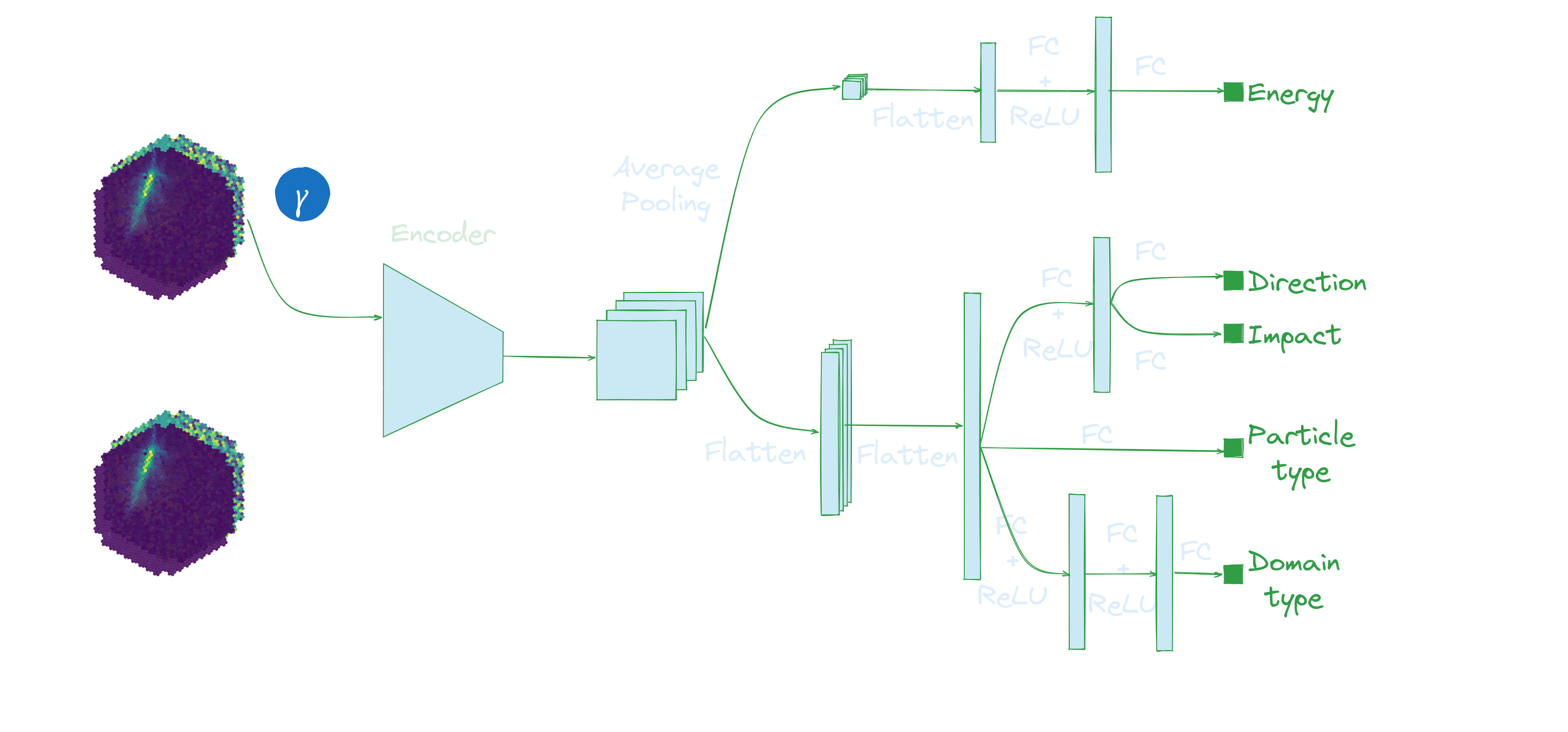
γ-PhysNet + DANN
γ-PhysNet + DANN
Domain adaptation applied to simulations: Results
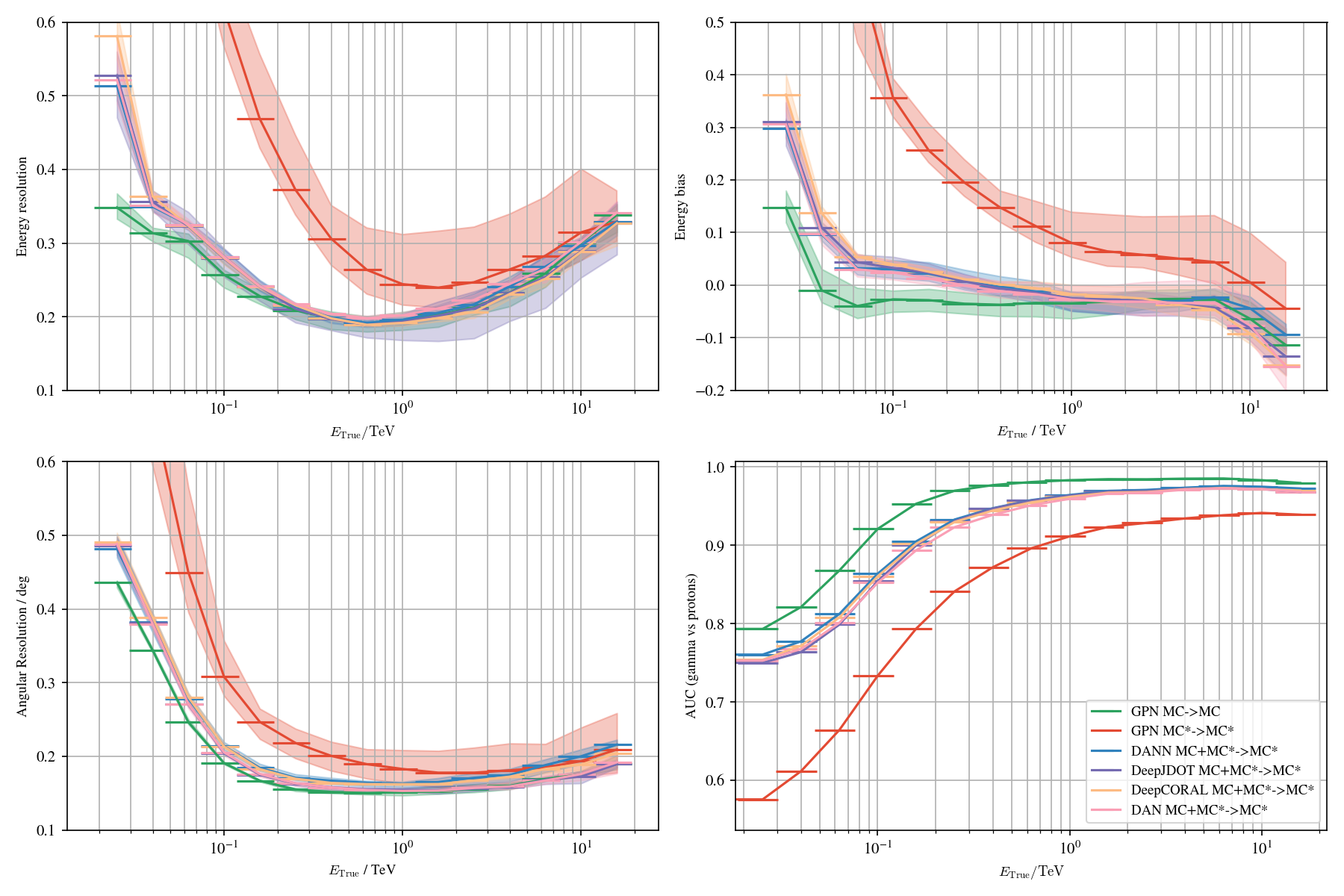
Presentation outline
- Contextualisation, Deep learning & GammaLearn
- Domain adaptation applied to simulations (previous results)
- Domain adaptation applied to the Crab Nebula, no moonlight (previous, premilinary results)
- Domain adaptation applied to the Crab Nebula, moonlight (premilinary results)
- Conclusion, perspectives
Domain adaptation applied to the Crab Nebula: Framework
Domain adaptation applied to the Crab Nebula: Setup
| Crab Nebula (No moonloght: 6894 & 6895) | ||
|---|---|---|
Train |
Test |
|
| Source Labelled |
Target Unlabelled |
Unlabelled |
MC+Poisson (MC*)
 ratio=50%/50% |
Real data ratio=1γ for > 1000p |
Real data ratio=1γ for > 1000p |
→ lstchain is trained on the same MC*
γ-PhysNet + DANN conditionnal
γ-PhysNet + DANN conditionnal
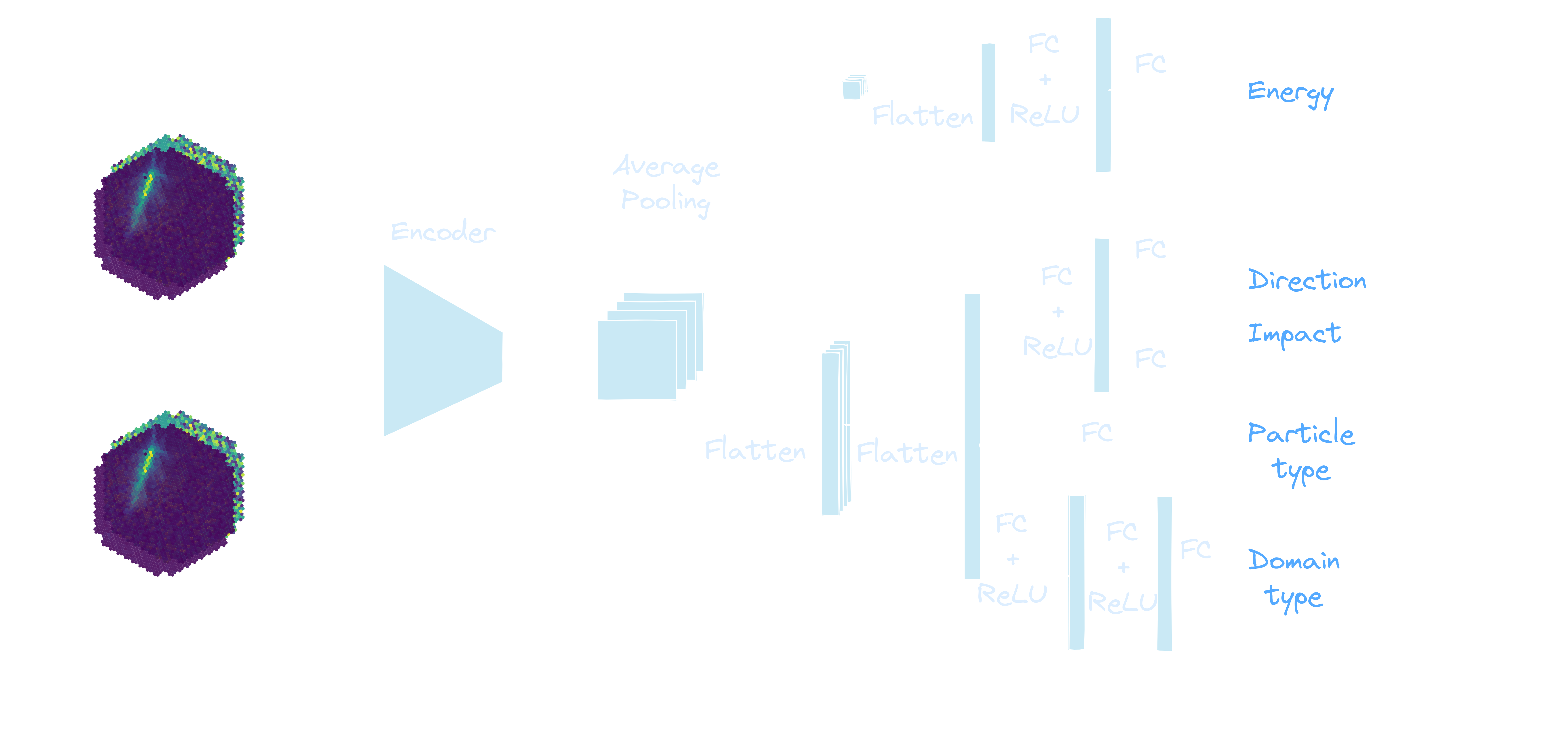
γ-PhysNet + DANN conditionnal
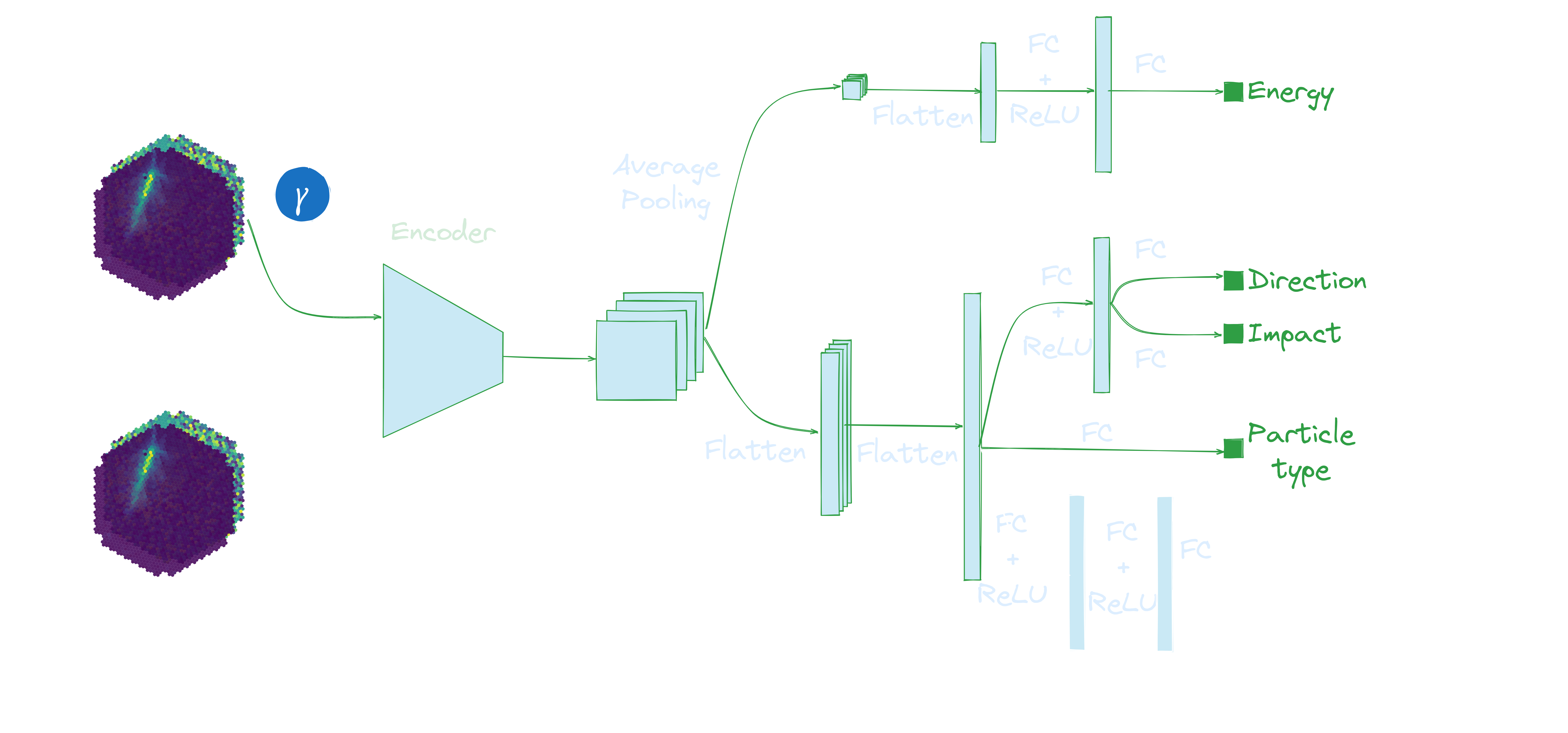
γ-PhysNet + DANN conditionnal
γ-PhysNet + DANN conditionnal
Domain adaptation applied to 06895 (no moonlight)

Domain adaptation applied to 06895 (no moonlight)
Domain adaptation applied to 06895 (no moonlight)
Domain adaptation applied to 06895 (no moonlight)



Premilinary results.
Presentation outline
- Contextualisation, Deep learning & GammaLearn
- Domain adaptation applied to simulations (previous results)
- Domain adaptation applied to the Crab Nebula, no moonlight (previous, premilinary results)
- Domain adaptation applied to the Crab Nebula, moonlight (premilinary results)
- Conclusion, perspectives
Domain adaptation applied to the Crab Nebula: Framework
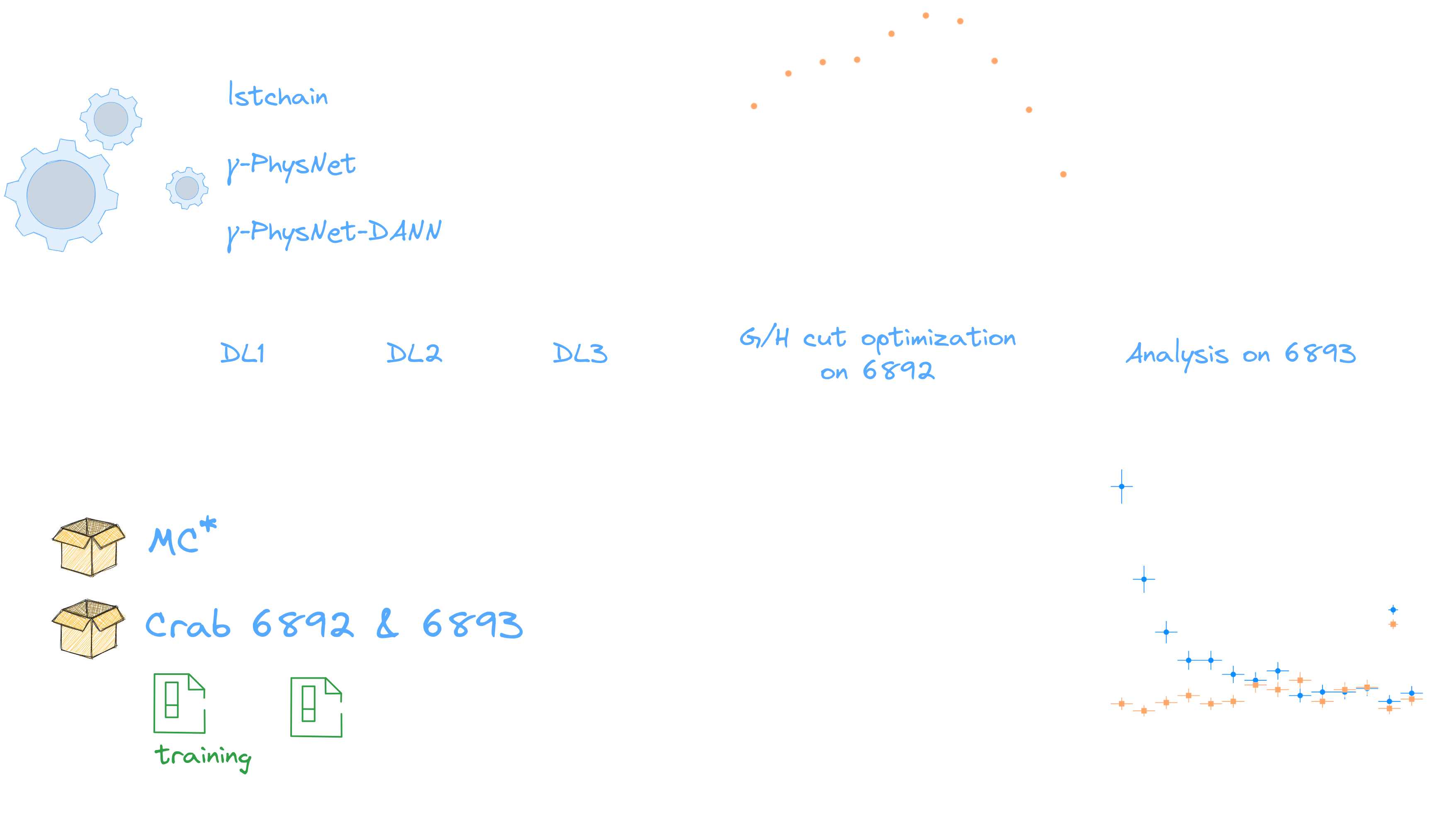
Domain adaptation applied to the Crab Nebula: Setup
| Crab Nebula (Moonlight: 6892 & 6893) | ||
|---|---|---|
Train |
Test |
|
| Source Labelled |
Target Unlabelled |
Unlabelled |
MC+Poisson (MC*)
 ratio=50%/50% |
Real data ratio=1γ for > 1000p |
Real data ratio=1γ for > 1000p |
→ lstchain is trained on the same MC*
Domain adaptation applied to 06893 (moonlight)
Domain adaptation applied to 06893 (moonlight)
Domain adaptation applied to 06893 (moonlight)
Domain adaptation applied to 06893 (moonlight)



Premilinary results.
Presentation outline
- Contextualisation, Deep learning & GammaLearn
- Domain adaptation applied to simulations (previous results)
- Domain adaptation applied to the Crab Nebula, no moonlight (previous, premilinary results)
- Domain adaptation applied to the Crab Nebula, moonlight (premilinary results)
- Conclusion, perspectives
Summary
| Significance | |||
|---|---|---|---|
lstchain |
γ-PhysNet |
γ-PhysNet-DANNc |
|
| No moonlight | 20.3σ | 22.4σ | 22.5σ |
| Moonlight | 20.5σ | 17.9σ | 19.8σ |
* Moonlight: * +2σ for γ-PhysNet / γ-PhysNet-DANNc compared to lstchain * γ-PhysNet and γ-PhysNet-DANNc derive at the same results (no added value for the DANN)
* No moonlight: * +2.6σ (+0.7σ) for lstchain compared to γ-PhysNet (γ-PhysNet-DANNc) * γ-PhysNet has degraded performances on moonlight data compared to no moonlight * γ-PhysNet-DANNc partly recovers from the loss (DANN has an added value)
Summary
| Crab runs | ||||
|---|---|---|---|---|
6892 |
6893 |
6894 |
6895 |
|
| Zenith angle | 16.1° | 20.3° | 27.9° | 32.4° |
| Light pollution | 1.94pe | 1.81pe | 1.64pe | 1.60pe |
* Optimization runs may not be accurately reflecting the analysis runs * The light pollution varies with time in real data, but remains constant in MC * Moonlight condition degrades the significance, but a higher zenith angle compensates the loss (lstchain)
Summary
| Methods | |||
|---|---|---|---|
lstchain |
γ-PhysNet |
γ-PhysNet-DANNc |
|
| Input | Cleaned images | All the pixels | All the pixels |
| Training data | MC* | MC* | MC* + Crab |
* Sampling of the Crab training data * 2 runs ~ 20 million of events, 1 million of Crab events for the training (5%) * More samples could be needed
Conclusion & Perspectives
- Novel technique to solve MC vs real data discreprency, tested on MC and Crab data, both moonlight and no moonlight conditions.
- γ-PhysNet-DANNc demonstrates better performance compared to γ-PhysNet-DANN on real data (~+1σ)
- γ-PhysNet strongly affected by moonlight / quality of the simulated background, but γ-PhysNet-DANNc partly recovers the loss
- Conduct optimization on odd events and analysis and even events
- Stability of the model: Uncertainy of the model & uncertainty over data sampling
- Double optimization on G/H cut and θ² cut: Need for more statistics
Acknowledgments
![]()
![]()
![]()
![]()
![]()
![]()
![]()
![]()
![]()
![]()
![]()
![]()